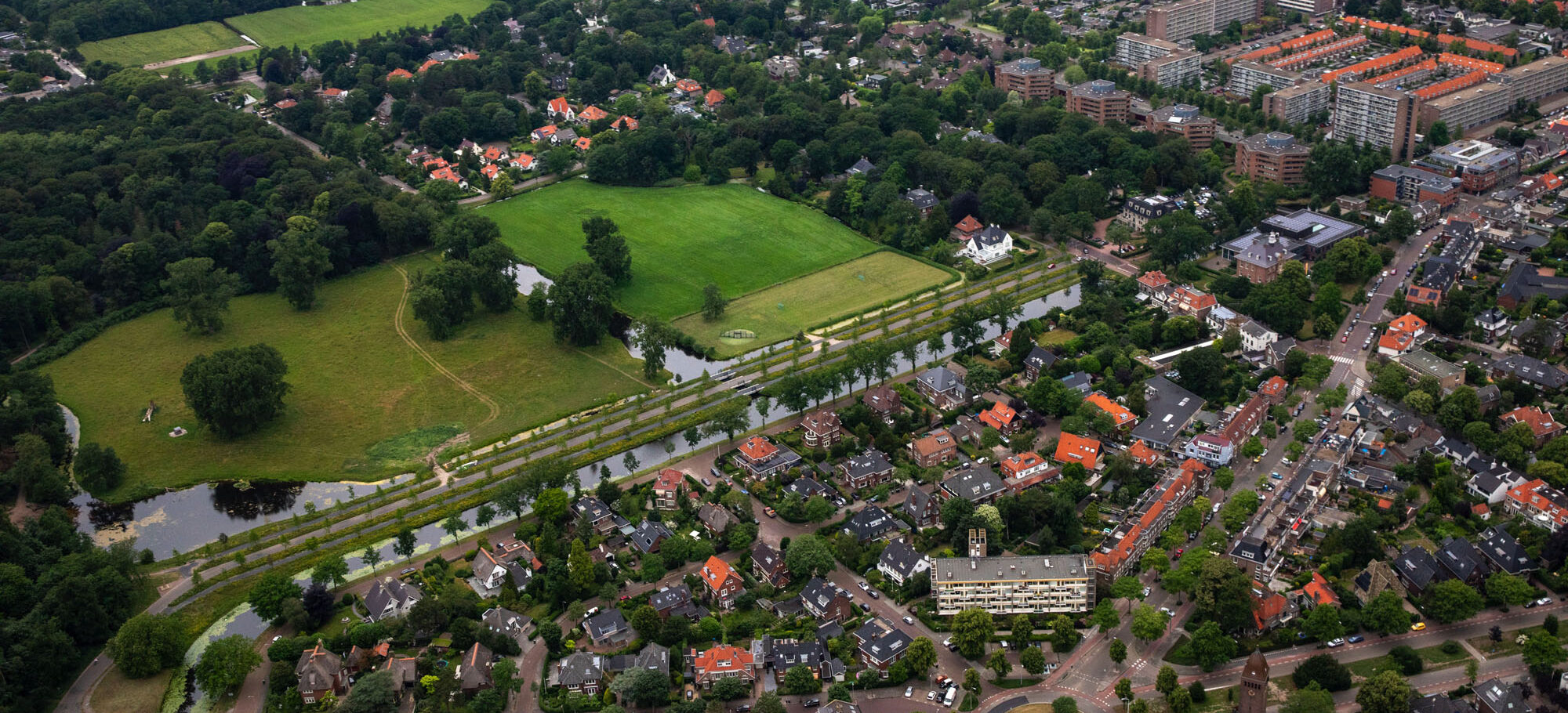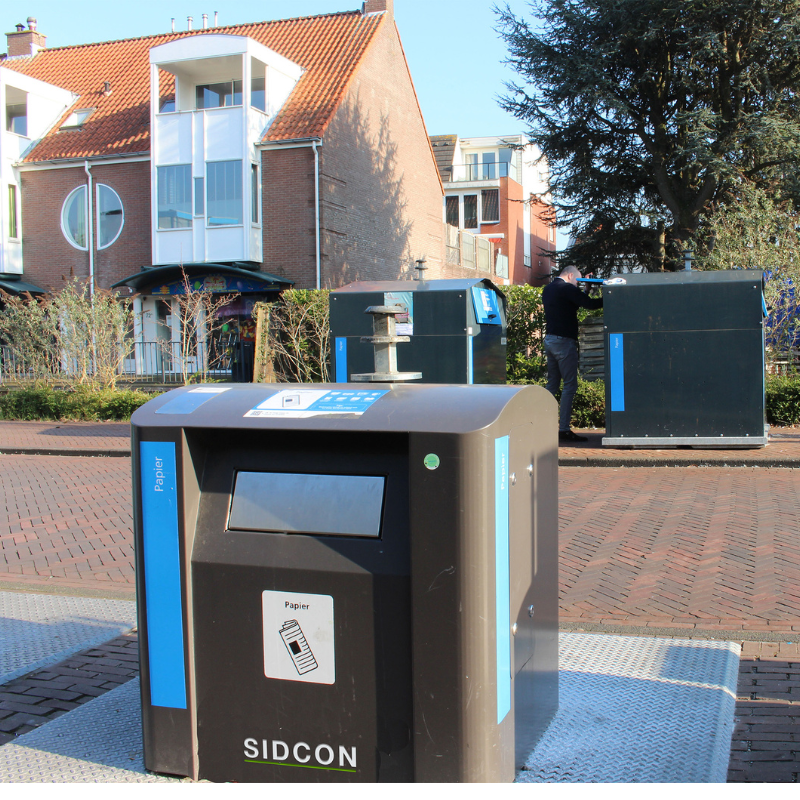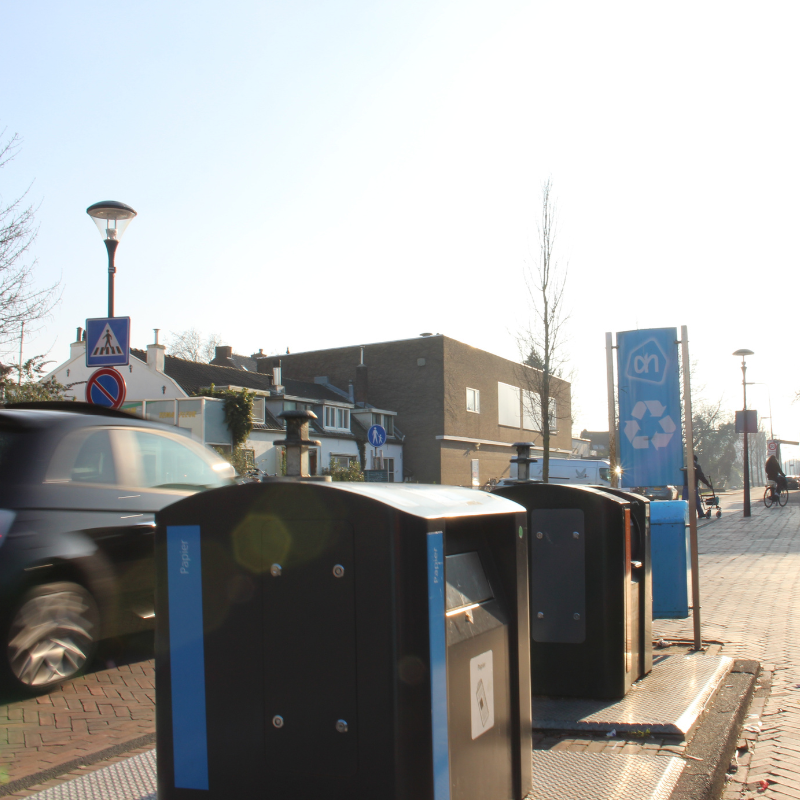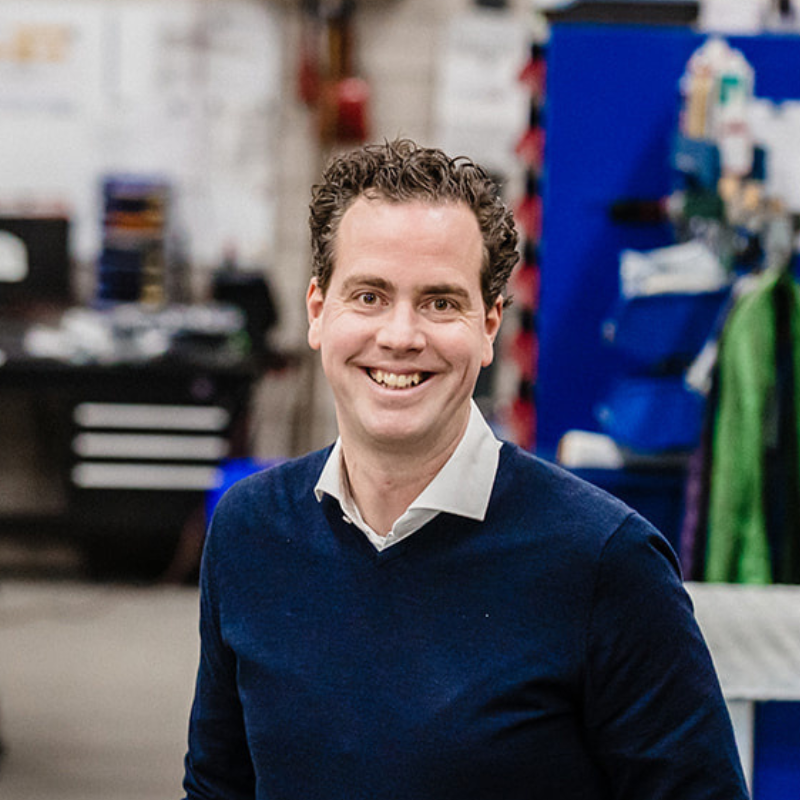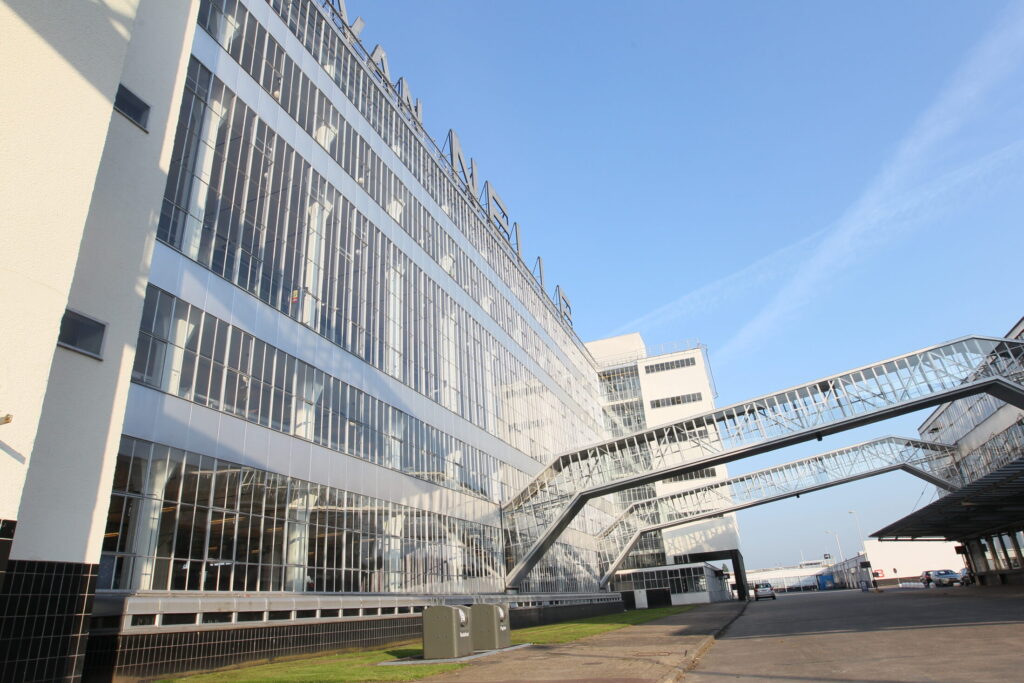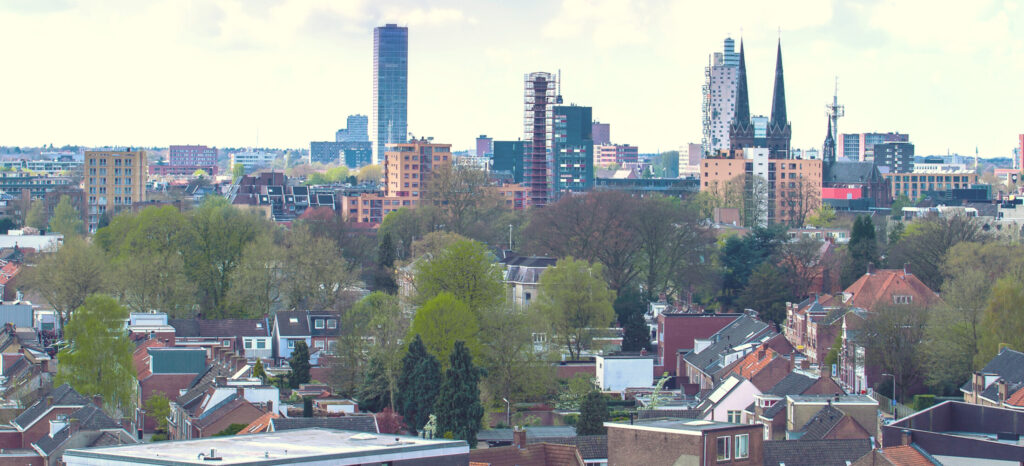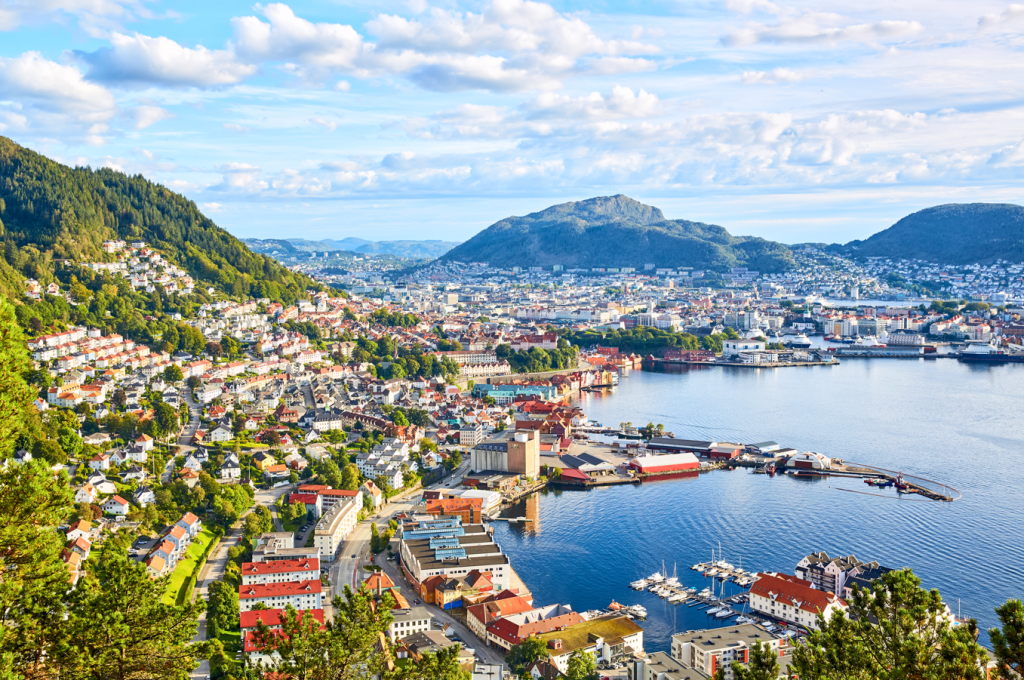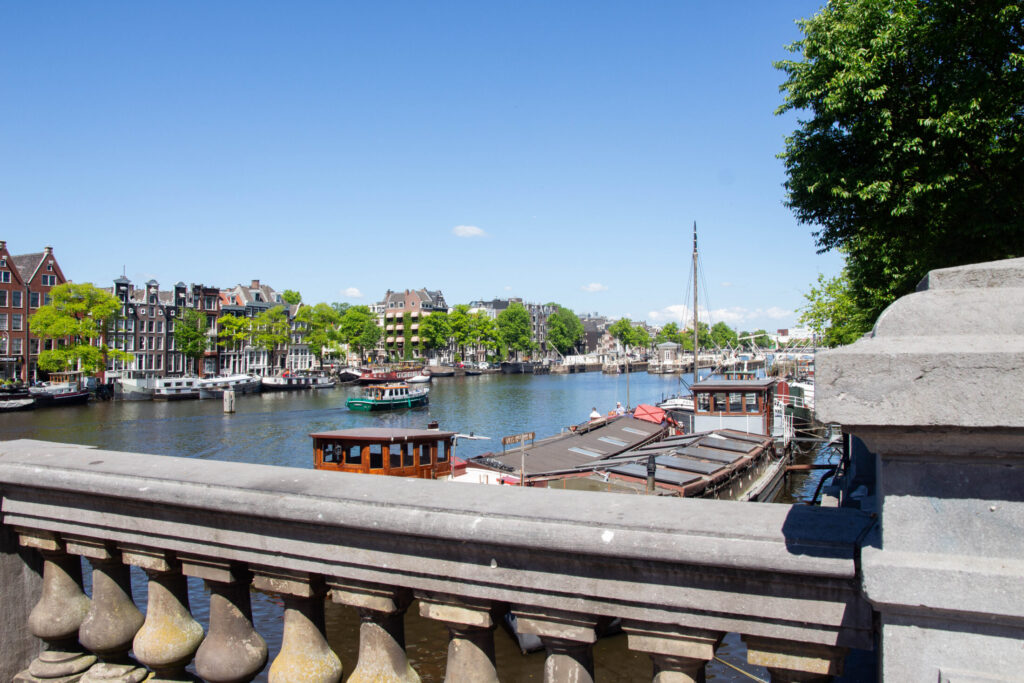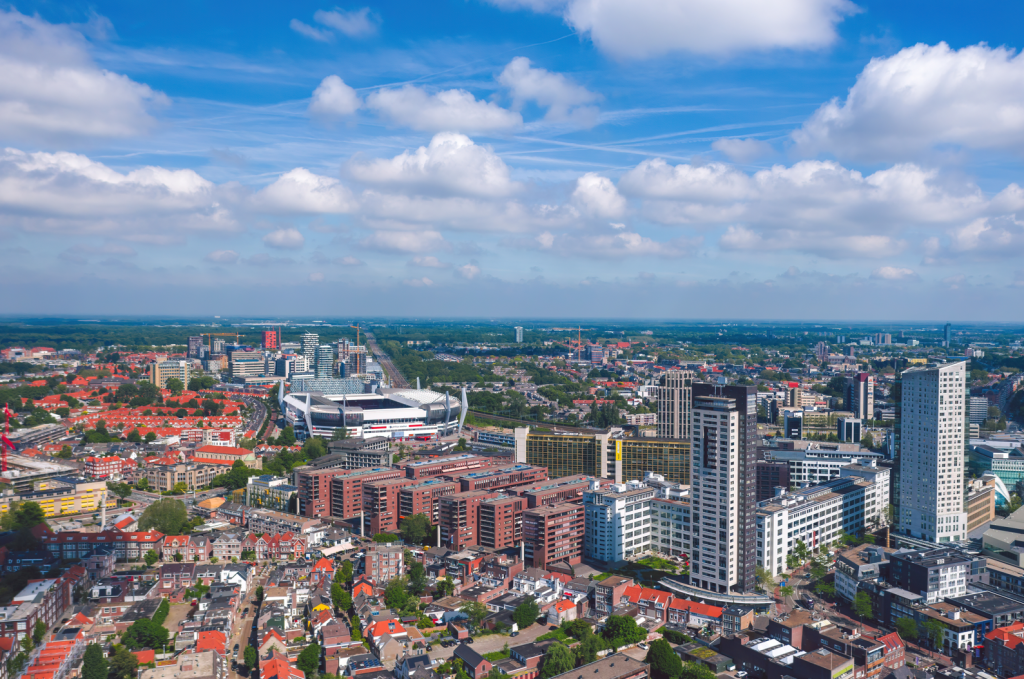Meerlanden, formed from a merger of municipal services, provides waste collection across 8 municipalities in North and South Holland, including Diemen, Noordwijk, and Bloemendaal. Operating over such a wide area demands flexibility, a key strength of the company. “We are a service-oriented waste collector,” explains Paul Hulsbosch, contract manager at Meerlanden. “We consult with the municipalities as to what best suits their situation and we match our organisational efforts accordingly.”.
Increase of volume paper/cardboard
“The quality of the public environment is an increasing concern for municipalities,” adds Stephan Dreijer, project coordinator at Meerlanden. “That means more green spaces, fewer waste containers and a tidier appearance. To achieve this, we are seeking out alternatives for bin bags, fixed recycling bins and wheelie-bins, preferably high-capacity solutions with give an uncluttered appearance. For paper and cardboard it’s not quite as easy as you might think. Nowadays, partly as a result of the Covid pandemic, waste tends to come in greater volumes which are lighter in weight. Due to the increased number of parcel deliveries, more cardboard packaging is being thrown away. The volume of waste has rapidly expanded. What needs to be avoided of course, is more waste collections or more bins.
